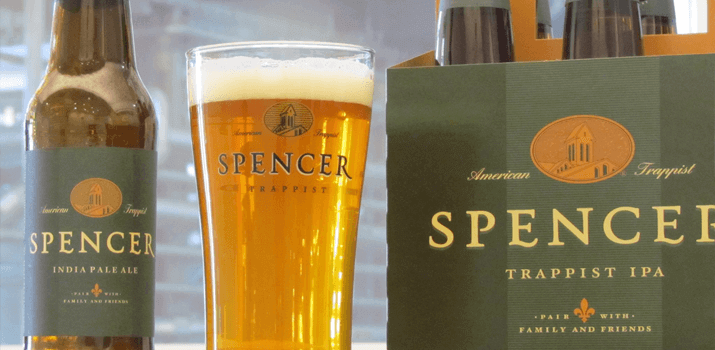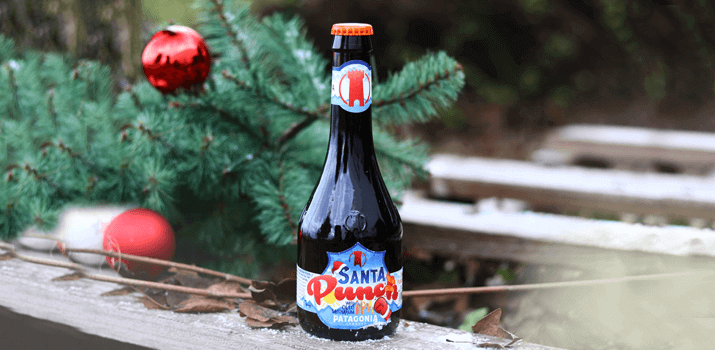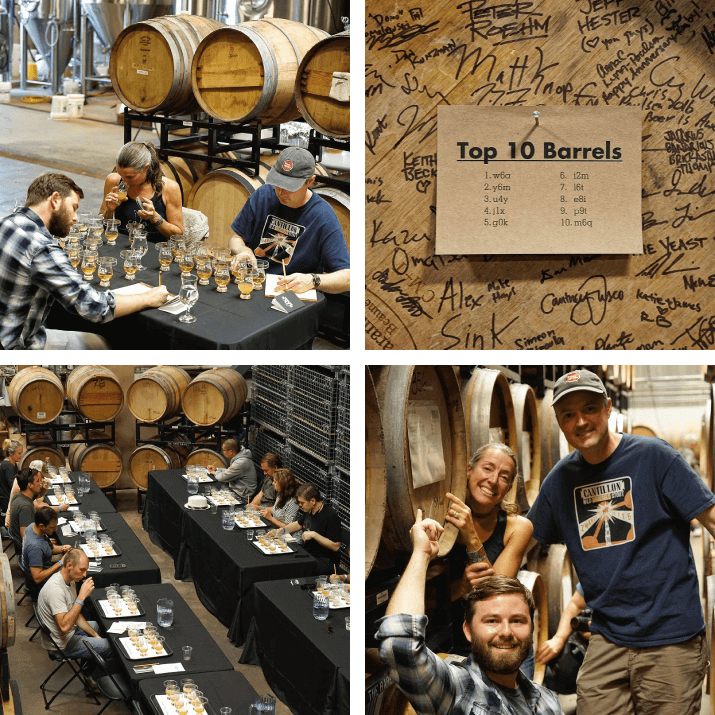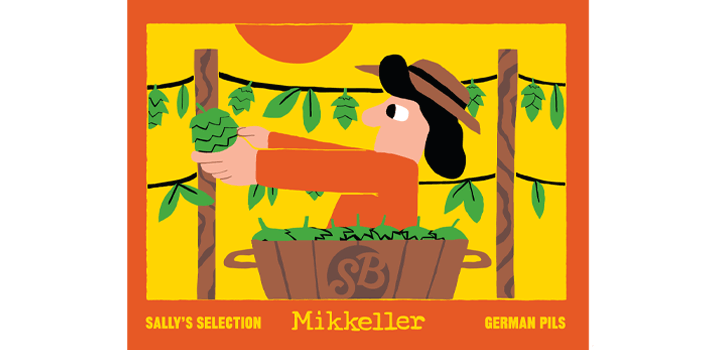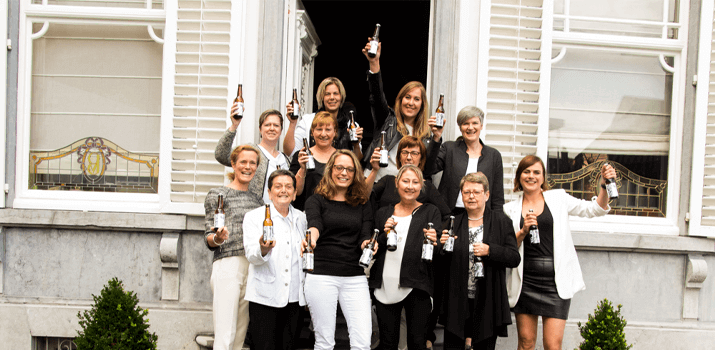From the beginning one of the prime factors in my love of beer was that it had bite. That lip-smacking finish, which some would call an acquired taste, was what kept me coming back for more. Sometimes it was tangy and a bit fruity, other times it was more peppery, then there were the times it made me want to eat cheese (preferably a chunk of strong Cheddar), but it always had a tangible moreishness that guaranteed I was going to order another.
I knew nothing about hops when I started drinking beer as a teenager in the late 1980s. I probably thought beer was mostly made from hops rather than barley, but my tastebuds had a thing for them and my chosen drink was bitter. Back then only a handful of varieties were grown in the UK, most of the acreage was taken up with Fuggles and Goldings, and American hops hadn't got here in any significant way. No one I knew, or at least no one in my local, cared that much about beer. (Despite the fact it was about the same time that groundbreaking beer writer Michael Jackson's Beer Hunter was on Channel 4). It came down to whether your drank bitter or lager and that was it. If I ever had the misfortune of having to drink lager that satisfying finish just didn't seem to be there; so even though I didn't know anything about hops then I count myself a sort of proto-hophead.
Long before beer was flavoured with hops, back in the days when it was known only as ale, bittering was provided by a combination of herbs known as gruit. Accounts of which herbs vary, but yarrow, bog myrtle (aka sweet gale), heather and horehound crop up from a number of sources. Let's face it though, being a 'gruithead' was never going to be a thing.
"With the coming of homegrown big flavour varieties and we could be on the verge of the era of Brit-hop"
Sure, there's the likes of Williams Brothers Fraoch - which is hopless and flavoured with heather and bog myrtle instead - and in this age of craft brewing I expect there are other credible examples of the gruit style but something that's effectively a mere bouquet garni is no match for a hop.
They are no longer just about bitterness. A single variety of hop can offer a range of flavours that go way beyond the flower it is. Depending on the variety it can taste of anything from orange marmalade, on to blackcurrant, through to lychees, mango and passion fruit - and yet it's just a flower. Combining different varieties produces yet more flavour magic but there's still that lip-smacking finish that attracted me in the first place.
Knowledge doesn't destroy the magic. Apparently it was a British hop variety called Bramling Cross, now described as having a 'distinctive "American" aroma', that was responsible for that dark fruity tang in one of my favourite bitters in my early beer drinking days. If it's a passion fruit flavoured bite that comes through in the finish of my beer there's a good chance it's from Simcoe. I won't go on. If you want to get your own hop anorak just go online and search for "Charles Faram" and you'll discover the website of Britain's oldest hop merchant which has a massive list of hop varieties and what they taste like.
For beer geeks hops are the word, but many will tell you only hops grown outside the UK are any good. Firstly, they are wrong. Secondly, things are changing fast. New or resurrected British varieties, such as Jester, Bullion and the recently named Ernest (the hop formerly known by the snappy moniker OZ97a) now offer those big, fruity flavours hitherto only the preserve of hops from the USA or the Southern Hemisphere. People - at one point myself included - can't believe it comes from British hops but it does. So despite the fact the USA harvested more than 87 million pounds (in weight) of hops last year, a five year high and an increase of some eight million pounds on the year before, the bigger deal might well be the 8% increase in Britain's hop acreage. Things looked rocky when UK hop growing had dropped back to little more than 2,200 acres but it’s now risen to nearly 2,400 acres. It's still peanuts compared to the amount grown in the USA but put it with the coming of homegrown big flavour varieties and we could be on the verge of the era of Brit-hop.
I called this piece, 'what would we do without hops?'. The magnificent state of beer and brewing culture the world over would surely mourn but likely come up with a creative solution, but I would cry. Because without hops beer would be boring.
-----
- Sophie was the first woman in the UK to be accredited as a Beer Sommelier. A journalist for almost 15 years she now specialises in beer – writing regularly for CAMRA’s BEER magazine, the broadsheets and now in Hoptical. As well as writing about beer she also broadcasts and speaks about it, including appearances on BBC Radio 4 Woman’s Hour, Jamie & Jimmy’s Food Fight Club on Channel 4 and local radio.

